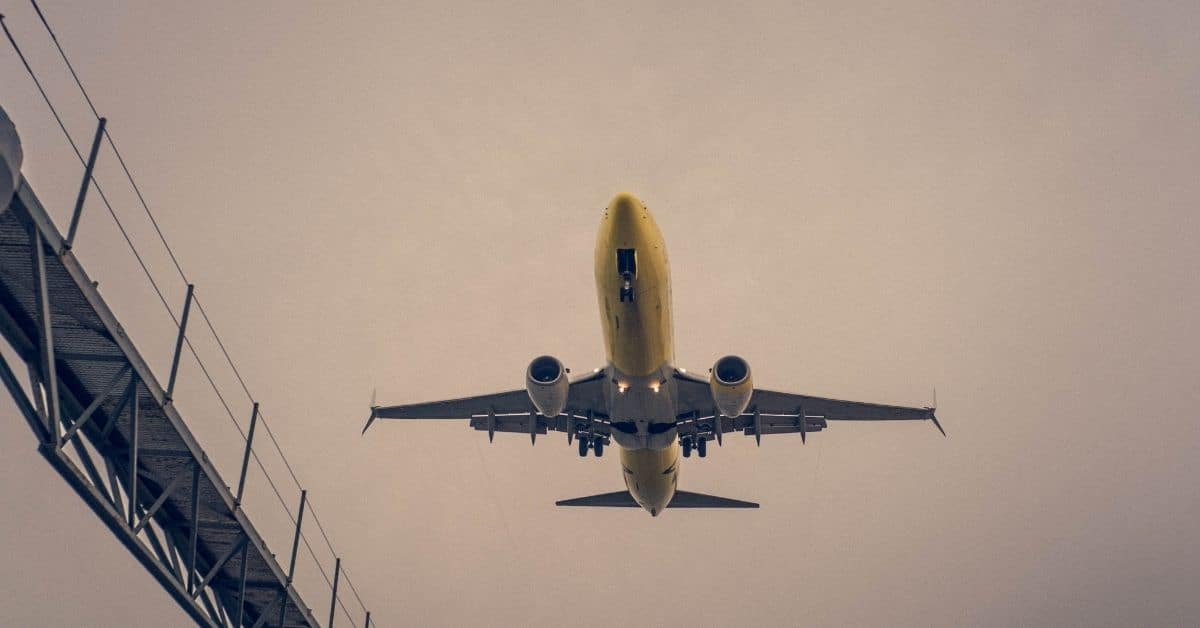There are various forms of navigation available to aircraft. These types of navigation can be based on the instruments displayed in the cockpit and/or by external sources such as visual references outside of the cockpit.
Contact Flight
Contact flight involves navigating the aircraft via Visual Flight Rules (VFR), using visual landmarks and reference points to maintain course and altitude.
In this form of flying, pilots do not rely on instruments in the cockpit to navigate the aircraft.
What is a Contact Approach?
A contact approach performed in an aircraft involves pilots requesting to deviate from the Instrument Approach being conducted. This is in favor of navigating to the runway via visual reference points.
This type of approach can be beneficial economically as the aircraft may be able to avail of shortcuts on its arrival at the airport. This saves both time and fuel.
However, this could also be hazardous if pilots are unfamiliar with the arrival airport.
Without knowledge of local visual reference points in relation to the airport, pilots may be unfamiliar with the surrounding terrain.
Scud-running is the condition in which pilots descend below clouds in order to avail of visual flight conditions. This method is widely frowned upon in the industry due to the associated risks involved. Such risks include the increased incidence of Controlled Flight Into Terrain (CFIT).
Scud-running has been associated with numerous fatal accidents relating to CFIT.
What is the Difference Between a Visual and a Contact Approach?
A visual approach to an airport is conducted when flight conditions in the vicinity of the airport and the approach path are deemed to comply with Visual Flight Rules (VFR) conditions.
On a visual approach, there is no reliance on instrument navigation. A visual approach is performed based on the pilots’ visual references to the airport.
A contact approach is a deviation from an Instrument Approach, which only pilots can request to ATC. This type of approach involves using visual references to navigate the aircraft to the runway.
Who Initiates a Contact Approach?
Contact approaches may only be requested by pilots. ATC is not permitted to request the aircraft to fly a contact approach. This is due to the limitations which may be faced by the pilots in regards to local visual reference points.
If pilots are unfamiliar with the airport and approach being performed, a contact approach should be avoided due to unfamiliar terrain.
When are Contact Approaches Performed?
Contact approaches should only be performed when pilots are familiar with the airport and the approach being conducted. This familiarity should include sufficient knowledge of visual reference points.
The weather conditions in which a contact approach is performed should also be noted before requesting.
Scud-running should be avoided due to the associated risks, meaning cloud cover should be a factor taken into consideration before a contact approach is performed.
In summary, contact approaches should only be performed in weather conditions that do not impact the vertical approach profile of the aircraft.
Descending below the glideslope to exit cloud cover in favor of visual navigation to the airport can lead to CFIT. This risk increases in circumstances in which the pilots are unfamiliar with the local terrain profile and airport visual references.
Read More:
Can Planes Land in Zero Visibility? | Aircraft Autoland
“What’s Our Vector, Victor?” | What Does it Mean?

After visiting more than 60 countries, I have probably been on every type of plane there is and visited countless airports. I did my very first international solo trip to South Africa at the age of only 16 and haven’t really stopped traveling since.
Despite the adventurous travel itch, I do have a nerdy side as well – which is satisfied by writing about all things aviation “too boring” for my regular travel blog.
